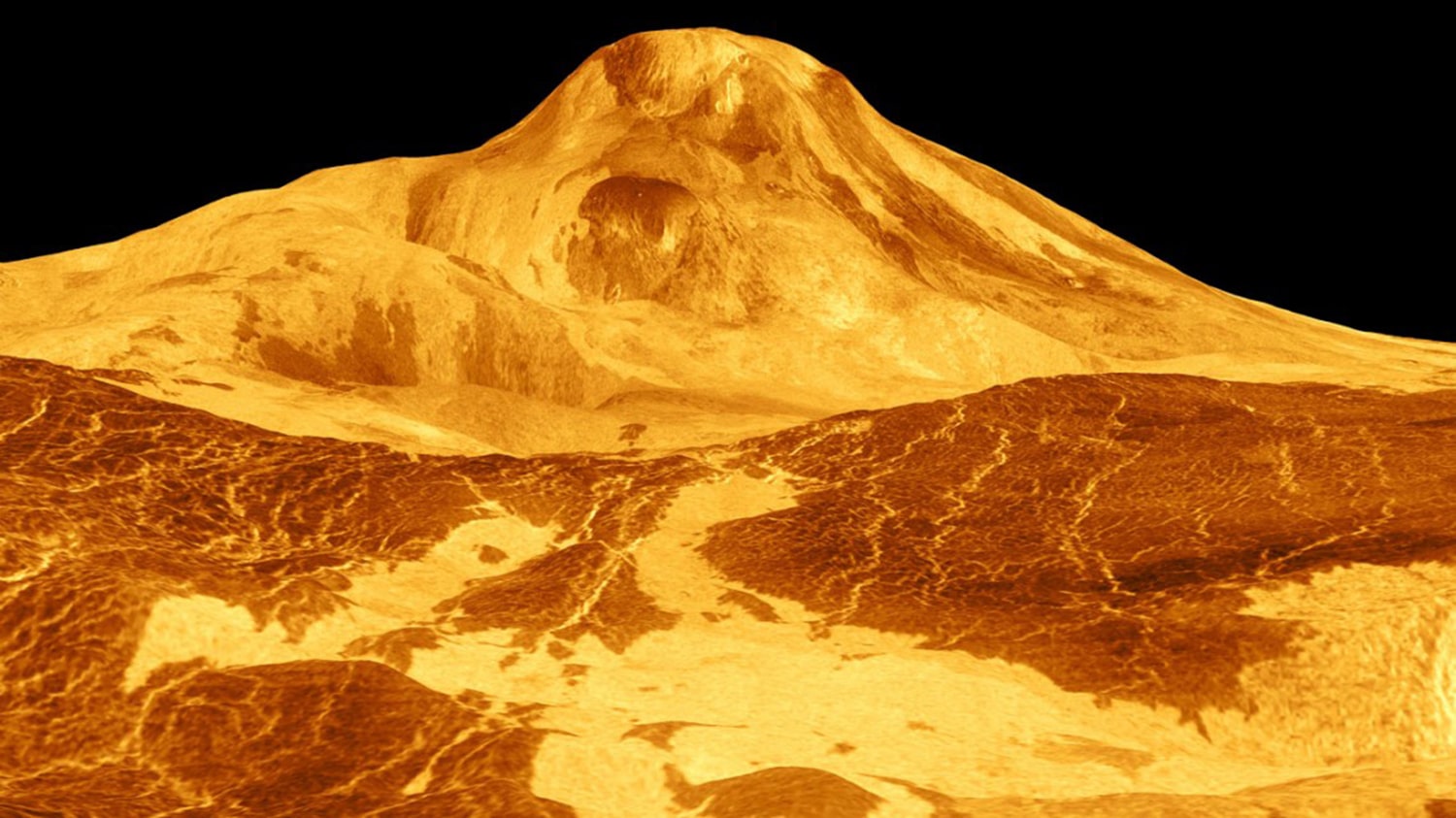
Last year, Phosphine was discovered in the clouds of Venus, evidence of life on Venus. Phosphine exists in Venus’s clouds at a small concentration, only about twenty molecules every billion.
Cornell scientists say Phosphine’s chemical fingerprints support a different and important scientific find: evidence of explosive volcanoes on the mysterious planet.
This time, the race gas Phosphine is not telling about the biology of Venus; instead, it tells about the geology of Venus.
Scientists in this study argue that Volcanism is the means for Phosphine to get into Venus’ upper atmosphere. After examing data from the ground-based, submillimeter-wavelength James Clerk Maxwell Telescope atop Mauna Kea in Hawaii and the Atacama Large Millimeter/submillimeter Array (ALMA) in northern Chile.
Ngoc Truong, a doctoral candidate in geology, has authored the study said, “Volcanism could supply enough phosphide to produce Phosphine. The chemistry implies that Phosphine derives from explosive volcanoes on Venus, not biological sources.”
Venus has a thick, toxic atmosphere filled with carbon dioxide, and it’s perpetually shrouded in thick, yellowish clouds of sulfuric acid. It’s the hottest planet in our solar system, with surface temperatures about 900 degrees Fahrenheit (475 degrees Celsius) – hot enough to melt lead.
Truong said, “If Venus has phosphide – a form of the phosphorous present in the planet’s deep mantle – and, if it is brought to the surface in an explosive, volcanic way and then injected into the atmosphere, those phosphides react with the Venusian atmosphere’s sulfuric acid to form phosphine.”
Jonathan Lunine, the David C. Duncan Professor in Physical Sciences and chair of the Department of Astronomy in the College of Arts and Sciences, said, “Volcanism on Venus is not necessarily surprising. But while “our phosphine model suggests explosive volcanism occurring, radar images from the Magellan spacecraft in the 1990s show some geologic features could support this.”
“In 1978, on NASA’s Pioneer Venus orbiter mission, scientists uncovered variations of sulfur dioxide in Venus’ upper atmosphere, hinting at the prospect of explosive volcanism, similar to the scale of Earth’s Krakatoa volcanic eruption in Indonesia in 1883.”
Truong said, “Confirming explosive volcanism on Venus through the gas phosphine was unexpected.”
Journal Reference:
- N. Truong and J. I. Lunine et al. Volcanically extruded phosphides as an abiotic source of Venusian Phosphine. DOI: 10.1073/pnas.2021689118
Continue reading Phosphine on Venus points to volcanic activity on Venus on Tech Explorist.
0 comments:
Post a Comment